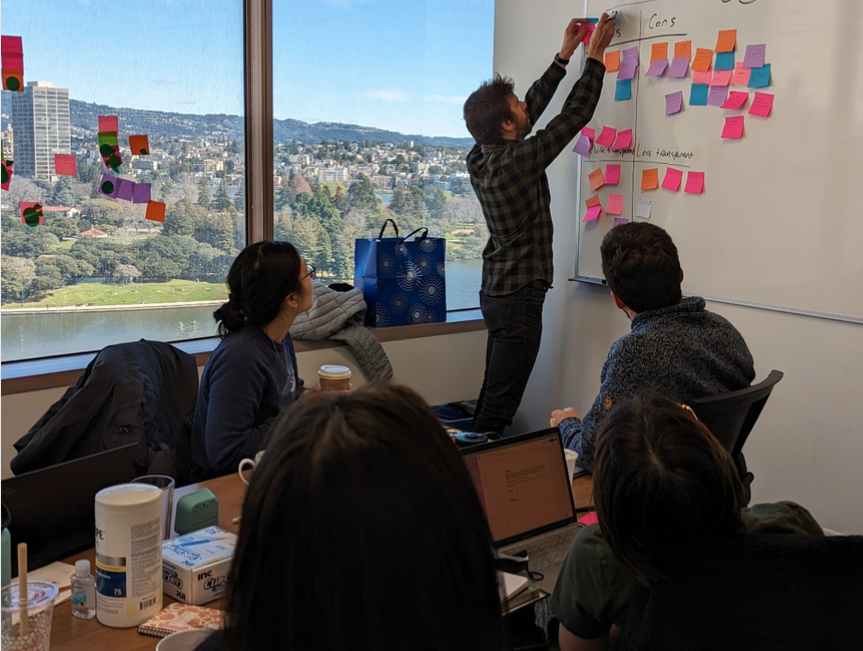Overview of the Voluntary Carbon Market
Summary
In this document, we give a very brief overview of how carbon markets work, and why they may lead to supporting projects that do not reduce emissions. We also show why the stated purpose of offsets—to provide a verifiable reduction of a specific amount of greenhouse gas (GHG) emissions—is rarely attainable. But even if validating the exact amount of emissions reduction tied to a carbon credit is an unrealistic goal, purchasers can still direct their investments towards projects that are likely making some positive difference in the fight against climate change.
For organizations that have the flexibility to make climate impact through charitable donations as opposed to purchasing carbon credits, we suggest donating to Giving Green’s recommended US policy organizations, as we believe that these policy organizations have more expected impact than even the best of carbon offsets or removals.
This report was lightly updated in November 2022. The prior version of this report was published in October 2021. We may do a more detailed investigation of this area in the future.
Carbon Markets and the Certification Process
Types of Carbon Markets
Let’s start with some definitions. The carbon market is generally split into two parts. The compliance market is for offsets associated with international pacts such as the Kyoto accords and national or regional cap and trade systems (such as the California Cap-and-Trade Program). These frameworks each have their own rules for certifying offsets. The other part is the voluntary market, which provides offsets for individuals and businesses to purchase on their own accord. This might be for an individual looking to offset their flight, or for businesses looking to brand themselves as “carbon neutral.” The vast majority of the demand for offsets comes from businesses. We focus on the voluntary carbon market in this analysis, though many of the conclusions also hold for the compliance market.
In the voluntary market, there are no set rules for who can establish and sell offsets: any project developer can sell an offset as long as they can find a buyer. However, in practice, the vast majority of offsets that change hands in this market are validated by an established certification body. These certification bodies are supposed to provide certainty to offset purchasers that the offsets are actually representing avoided emissions. One certification option is the United Nations’ Clean Development Mechanism, which was established to certify international offsets to be used under the Kyoto Protocol, but now also provides certifications to the voluntary offset market. However, CDM projects are almost exclusively associated with compliance markets. According to Allied Offsets, the largest certification providers by number of listed projects as of September 2021 are Gold Standard (2,218 projects), Verified Carbon Standard (2,132), Climate Action Reserve (652), and American Carbon Registry (484). An analysis in April 2021 by Carbon Direct found that offset projects across these registries represent 1.1 billion tons of CO2 that is claimed to be avoided, reduced, or removed.
The recent flurry of net-zero commitments in the past few years across industries has fueled newfound interest in carbon markets. McKinsey found that the number of corporate net-zero commitments doubled between 2019 and 2020 and estimates that the demand for carbon credits could increase by a factor of 15 by 2030, leading to a total carbon credit market value of more than $50 billion. The growing interest in carbon offsets has stimulated a number of institutions to improve the integrity of carbon markets and better define what role they have in a net-zero world.
The Science-based Targets Initiative (SBTi), a partnership between CDP, the United Nationals Global Compact, World Resources Institute, and the World Wide Fund for Nature (WWF), helps companies establish science-based emissions reduction targets aligned with climate science to limit global temperature rise well below 2 degrees Celsius above pre-industrial levels. SBTi’s target setting criteria does not allow for offsets to be counted as emissions reduction towards a company’s science-based targets. SBTi requires participating companies to reduce emissions within their own operations and value chains without the use of traditional offsets, with the potential exception of carbon removal to address hard-to-abate, residual emissions.
On the other hand, a private-sector led initiative known as the Taskforce on Scaling Voluntary Carbon Markets (TSVCM) was established to scale up carbon markets and try to improve the integrity and functioning of these markets. The TSVCM has established working groups consisting of offset suppliers, verification bodies, NGOs, regulators, academia and other stakeholders to address gaps in voluntary markets relating to governance, legal frameworks, and carbon credit integrity. While the TSVCM is the largest effort to address these gaps, the initiative has been criticized for not going far enough in addressing the many quality issues inherent in today’s carbon offsets. For instance, critics have noted that they are attempting to commoditize a sector where carbon offset projects vary significantly across a variety of factors including additionality and permanence.
Finally, Oxford University recently published a set of principles to help offset buyers understand what types of offsets are acceptable and under what conditions should they be used. The “Oxford Offsetting Principles” encourage buyers to prioritize cutting emissions and, when using offsets, to shift to carbon-removal-based offsets with long-lived storage over time. The Oxford principles attempt to stake a middle ground, recognizing a role for offsets in achieving net-zero targets while encouraging buyers to use offsets sparingly and providing guidance on how to support “net-zero aligned” projects.
The Carbon Offset Certification Process
How does the certification process work? Each of the certification organizations has pre-determined methodologies and calculations that project implementers need to use in order to validate that they provide real emission reductions. Applicants are required to provide certain inputs (i.e. the amount of power provided by a wind farm, etc.) along with justifications for these assumptions (frequently using some data they have gathered). These inputs go into a model, which determines how many credits they will receive for the project. Applicants also must provide evidence that the project would not be completed without the carbon credits, and that the emissions reductions are not being claimed twice. Although applications are typically done before a project is implemented, actual credits are generally not issued until after the emissions reduction is “verified,” which typically happens annually. The project implementer has to verify key assumptions of the model, and this verification is then “validated” by the certification agency. Only after completing this process is the project granted emission credits.
The next step is for the project to sell these credits as offsets. Some projects have pre-committed buyers, set up through “Emissions Reduction Purchase Agreements” (ERPAs). Some projects sell their offsets directly to buyers through retail sites. For instance, Gold Standard provides a platform for certified projects to sell offsets directly to consumers on its website. However, the vast majority of offsets are instead transferred to brokers such as ClimateCare, South Pole, or CO2balance. These brokers work with clients (typically large corporations) to provide bespoke offset packages. Since brokers control the majority of the offset market, it can be hard for individuals to access the full spread of offset options.
Some projects are not certified at all, and have circumvented registries altogether. This is largely due to the absence of a certification protocol for specific climate mitigation solutions, and is particularly applicable to non-forestry projects that claim to remove GHGs from the atmosphere. In some cases, the costs of thirdparty verification and certification may be too costly relative to the size of the project. In the absence of third-party verifiers, climate change research organizations like CarbonPlan conduct their own due diligence on carbon removal and carbon avoidance projects; CarbonPlan has made their findings available on a public database. However, these assessments are not often conducted at project sites and are based on information that providers make publicly available. Further, major carbon removal purchasers like Microsoft, Stripe, and Shopify conduct their own due diligence on providers and have made project proposals publicly available, like this repository by Stripe on GitHub. While these assessments are a valuable source of information, it is important to note that much of this due diligence is based on publicly available information and claims made by project developers that have not been verified on site.
The price of offsets is simply determined by supply and demand in the market, with sellers of offsets trying to get the best price they can receive while still making sales. This is an important note. Many people may assume that if a project cost, say, 1 million USD and prevented a million tons of CO2 emissions, then each offset would be priced at $1. But this is not true. The amount of revenue gained from offsets can be a small proportion of the costs of running a project, or can result in additional profits for revenue-generating projects. This can be problematic, as it is difficult to figure out how much of the emissions reduction of the project (if any) can really be attributed to the offsets. We discuss this further in the report.
Reliability of Certified Offsets
Criticism of Certified Offsets
Even certified offsets have received a lot of criticism. For instance, the investigative journalism organization ProPublica looked into a myriad of forest conservation offset projects, and came to the following conclusion:
“In case after case, I found that carbon credits hadn’t offset the amount of pollution they were supposed to, or they had brought gains that were quickly reversed or that couldn’t be accurately measured to begin with. Ultimately, the polluters got a guilt-free pass to keep emitting CO₂, but the forest preservation that was supposed to balance the ledger either never came or didn’t last.”
Additionally, a detailed assessment of the UN’s Clean Development Mechanism determined that “CDM still has fundamental flaws in terms of overall environmental integrity” and that “85% of the projects covered in this analysis … have a low likelihood that emission reductions are additional and are not over-estimated.” Since the other certification agencies have based much of their certification protocol on CDM standards, this does not bode well for the industry as a whole and has real-world implications in addressing climate change. In the forestry sector, a recent analysis by ProPublica, MIT Technology Review, and CarbonPlan shed light on systematic over-crediting in almost 30% of carbon credits under California’s regulated carbon offset program representing 30 million tons of CO2e worth $410 million. CarbonPlan recently found a lack of rigorous standards to ensure good outcomes in an assessment of all of the soil carbon credit protocols developed by carbon registries and other institutions. A white paper by Compensate found that after analyzing 100 certified offset projects, 90% failed to meet their offsetting claims, were not permanent, or resulted in negative side-effects for local communities and ecosystems. These examples demonstrate that certified projects are not at all fool-proof, and purchasing poor-performing certified offsets in an effort to negate individual or corporate GHG emissions can even do more harm than good.
Although the certification agencies play an extremely important role in identifying projects that have a plausible path to impact, they do not give enough certainty to allow us to recommend all certified offsets. There seem to be many opportunities to game the system, and we do not believe that certification alone is enough to guarantee that purchasing offsets will result in true emissions reductions, especially not of the stated magnitude. We conduct our own due diligence to find projects in which we are confident that the purchase of a credit yields climate benefit.
Giving Green’s Approach to Recommending Offsets & Removals
When does Giving Green recommend an offset or removal?
In this section, we explain Giving Green’s approach to assessing carbon offset and removal projects and determining which ones to recommend. We are searching for projects where there is a direct, causal, and verifiable link between someone purchasing a carbon credit and a decreased amount of greenhouse gases (GHGs) in the atmosphere.
First, we look at the offset market sector by sector, to determine which sectors are most likely to provide reliable offsets. For sectors that we determine to be likely to contain high-quality offset projects, we then search through available projects and recommend those that meet our criteria. We rate projects using seven categories: mechanism, causality, cost, project-level additionality, marginal additionality, permanence, and co-benefits.
Note that our project recommendations are not comprehensive—we have not assessed all projects in the market. (In fact, many projects do not have any publicly available information!) We have developed a systematic approach to assessing projects, and recommend the best ones we find. As our research continues, we expect to find more projects to recommend.
A note to offset and removal providers: if you believe your project would meet our quality bar using the methods described below, please do feel free to reach out to us!
For organizations that have the flexibility to make climate impact through charitable donations as opposed to purchasing carbon credits, we suggest donating to Giving Green’s recommended policy organizations, as we believe these have more expected impact than even the best of carbon offsets.
Sector-Level Analysis
We begin by conducting analyses at the sector level, since offset projects in the same sector tend to have similar strengths and weaknesses. For each sector we review (such as forestry, renewable energy, etc.), we produce a sector research report, in which we discuss the logic for offset projects in the sector, and determine whether we believe the underlying projects are likely to be reliable.
We generally proceed by working through the certification process for an example offset project. In this process, we show what data must be provided by the project developers, and what assumptions are accepted by the certification agencies. We then discuss whether we believe these assumptions, consulting the literature to validate them.
Based on this analysis, we determine if the sector appears to be promising for high-certainty projects. If so, we search for specific projects to recommend.
If we determine that a sector is not promising, that does not necessarily mean that there are no high-quality projects in the sector. But given our limited research resources, we have simply concentrated our search for projects on what we consider to be the most promising sectors. We are open to finding high-quality projects in all sectors, and will consider projects in less promising sectors if they seem to be of exceptional quality.
Project-Level Ratings
After performing sector-level analyses, we then analyze and rate specific projects in promising sectors. We search for offsets to consider by assessing projects from open calls for proposals from major offset purchasers like Microsoft, Stripe, and Shopify as well as reviewing publicly-available marketplaces selling offsets. We concentrate our search among projects that were easy to purchase online and where detailed information on the projects they support was available online.
We rate offsets using seven main categories: mechanism, causality, project-level additionality, marginal additionality, permanence, cost, and co-benefits. These are summarized in the below table.
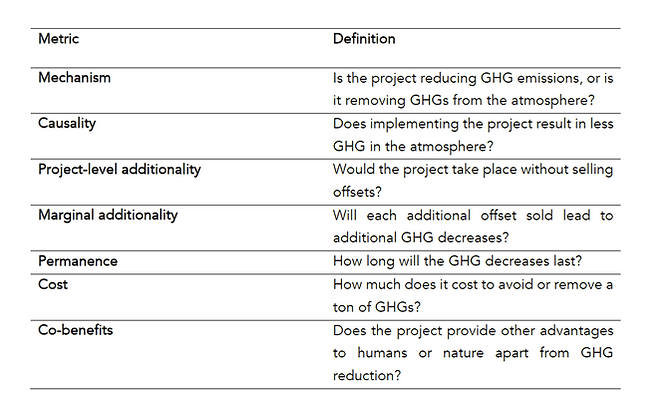
For each project that we analyze, we rate each of these categories as ‘High’, ‘Medium’, or ‘Low’. In order to be recommended, projects need to make a compelling overall case that purchasing carbon credits reduces emissions. However, they do not have to score highly in all categories to do this. We elaborate on this in our explanations of each metric below.
Mechanism
Mechanism refers to the type of climate benefit a project offers. A project may offer “avoided emissions” or “carbon removal” climate benefits, and some projects can even offer both. Avoided emissions projects reduce or prevent additional GHGs from entering the atmosphere. For example, renewable energy projects or clean cookstove projects reduce GHG emissions when they are deployed instead of higher polluting alternatives. The climate benefit is that GHG emissions are reduced, or avoided altogether.
More recently, projects that offer carbon removal benefits have gained in popularity. These projects claim to remove CO2 from the atmosphere and store it away over short or long time horizons. Afforestation or reforestation projects, or efforts to improve soil’s carbon storage capacity, are common nature-based carbon removal projects. Technological solutions like direct air capture (DAC), which uses machines to remove CO2 from the atmosphere and store it away in geologic formations, have just begun commercial deployment.
We assess carbon removal projects more favorably than carbon avoidance projects because they remove existing CO2 from the atmosphere, which is better aligned with global net-zero goals that call for sharp emissions reductions where possible and the use of carbon removals for hard-to-abate emissions. Further, the projects tend to have greater project-level additionality (see below) than carbon avoidance projects. Additionally, the Oxford Principles for Net-Zero Aligned Offsetting recommends a shift to carbon removal-based offsets and, eventually, to carbon removal-based offsets with long-lived storage.
Causality
Causality refers to the extent to which the project actually causes reduced GHGs in the atmosphere. Determination of causality comes from understanding the “counterfactual”, which is what the state of the world would have been like without the project.
However, this can be difficult to determine. For instance, consider a project that protects a forested area from being deforested. Determining causality requires answering two questions. First, does avoiding deforestation lead to reduced GHGs? This is a purely scientific question, which can be answered by consulting the literature. It is well-established that cutting down a forest leads to more GHGs in the atmosphere, since the trees no longer absorb CO2 and they will emit stored CO2 if the trees are burned or allowed to rot in the process. This part of causality is relatively easy to establish in this example.
Secondly, would the trees have been cut down in the absence of the project? If not, then the project is not avoiding emissions. This is more difficult, as it is not possible to know with certainty what would have happened without the project, or what certifiers refer as the “baseline” scenario. Offset projects must make the case that their project leads to fewer trees being cut down, and they generally use data concerning deforestation rates before the project or in similar areas. This type of analysis is difficult for an offset certifier to validate, especially since the project developer has an incentive to exaggerate the amount of causality. For example, widespread over-crediting was recently observed in California’s forest carbon offset program to the tune of an estimated 30 million tons of CO2e and $410 million.
While the certification agencies attempt to assess causality, the standards of evidence are much lower than generally accepted in the social science impact evaluation literature. For instance, the parts of the model that are verified are generally proximate inputs (like say, usage of a stove) rather than final ones (such as total fuel burned in real life usage). Another consideration that has proven difficult to manage is leakage. Leakage occurs when efforts to reduce emissions in one place shifts emissions to another location. For example, an offset that protects an area of forest may simply lead to increased deforestation in another area. Leakage is difficult to monitor, and controlling for it is extremely complex.
Causality is central to an offset project being valid, and a project must have high certainty of causality to be recommended by Giving Green. In cases (such as the forestry example) where changes in human behavior are needed to guarantee causality, Giving Green requires evidence from a rigorous impact evaluation to validate this behavior change. A rigorous impact evaluation provides a convincing measurement of the counterfactual, and calculates the change in GHGs compared to this counterfactual scenario.
Project-Level Additionality
Project-level additionality is satisfied if a project would not have happened without the sales of offsets. This requirement tends to be satisfied for projects run by non-profits who solely rely on offset revenue in order to operate. However, it can be very difficult to determine for projects with multiple revenue streams.
For instance, consider a wind energy project that is considering selling carbon offsets. In many markets, wind energy is cost-competitive with other kinds of energy, and wind energy plants are built and profitable without the need for carbon offsets. In this case, a wind energy project does not satisfy project-level additionality. However, in other markets, a wind energy plant may not be profitable, and therefore would not have been built without an additional revenue stream from offsets. In this case, the offset project would have project-level additionality.
Two characteristics of such offset projects make project-level additionality difficult to assess:
- It is very difficult to verify the actual financial circumstances of the project. In order to receive certification, project developers need to provide a financial model showing that with offset revenue they would be profitable, but without offset revenue, they would not be. However, the projections of future flows of costs and revenues necessary for such a model rely on a significant amount of guesswork. Additionally, project developers have every incentive to claim additionality and therefore be eligible to sell credits. The offset certifiers likely have no way to validate these models, and also must rely on their own guesswork to decide if they believe the project developers’ case.
- Verifying project-level additionality is further complicated by the timing of the carbon market. Offsets are only certified once a project is up and running. For something like a grid energy project, most of the costs are up-front and therefore have already happened by the time any offsets can be sold. That makes it difficult to consider the purchase of offsets as having caused any emissions reductions. One way to get around this is for projects to receive guarantees from buyers to purchase the offsets in the future (known as an Emissions Reduction Purchase Agreement, or ERPA). In these cases, it is appropriate to take a less literal view of project-level additionality. If projects were undertaken due to the expectation of being able to sell offsets, purchasing the offsets justifies this expectation and can help uphold the market in the future. Additionally, if the project developer is continuing to develop new projects, the offset purchase can provide working capital for these new projects. That being said, it is hard to justify the additionality of offsets from a capital-intensive project that are purchased far after the capital expenditure.
In our assessments at Giving Green, we accept claims of project-level additionality only when projects rely on offsets for most or all of their revenue stream, or when offsets are crucial to raising private sector capital. The project also must not be required by regulations. We may recommend projects that do not satisfy project-level additionality if they satisfy marginal additionality, as described below.
Marginal Additionality
Most project certifiers do not consider marginal additionality, but Giving Green believes it is important and overlooked. Marginal additionality means that each additional offset purchased contributes to reduced emissions. This is an important requirement for projects to work as advertised: the purchase of every single offset must cause extra GHG reduction.
For example, let us consider a landfill gas capture project, where methane is captured and flared. Assuming there are no regulations requiring such a system and the gas is not sold, the project clearly satisfies project-level additionality, since offsets are needed to fund the entire project. However, a landfill will keep producing gas for many years, and after some time the cost of the project will be covered. In this case, additional offset sales simply add to the profits of the project developer, and certainly do not lead to reduced emissions.
The opposite can also be true: projects can have marginal additionality without having project-level additionality. For instance, consider a for-profit provider of clean cookstoves. The company may have a viable business model, and would exist and sell cookstoves even if offsets were not available. Therefore, they do not exhibit project-level additionality. However, if they do sell offsets, this allows them to lower their prices, therefore selling more stoves. In this case, each additional offset can contribute to additional lowering of stove costs, resulting in more stoves being sold. Therefore, the project satisfies marginal additionality.
Two significant factors determining whether a project have marginal additionality are its modularity and whether it is a non-profit.
- Projects that are modular, as opposed to those that primarily undertake one large capital expense, are more likely to use offset purchases for continued emissions reduction. For instance, service-based offset providers, like those who procure and destroy ozone-depleting substances, or manufacturers of small products, such as cookstove manufacturers, can easily reinvest offset proceeds into additional emissions reduction. For projects that do involve a large expense, offsets sold in early years are more likely to be additional, as this is when the project is paying down loans as opposed to contributing to profits.
- Non-profits are more likely to reinvest offset proceeds into additional activities. If a for-profit project developer is booking profits above the opportunity costs of its founders and investors, this is a reason to question marginal additionality: additional offset purchases simply increase profits and are unrelated to decreasing GHG emissions. An exception may exist where project developers can demonstrate the increased profits attract additional investment needed to deploy new GHG-mitigating projects.
Giving Green addresses some of these challenges by considering vintage. Vintage refers to the year in which the carbon avoidance or carbon removal activity occurred. Projects that are selling carbon offsets for emissions that were avoided or removed more than two years ago do not meet our vintage standards.
At Giving Green, we view marginal additionality to be critical to the validity of an offset, though we admit it can sometimes be difficult to ascertain. We need to have high confidence in the marginal additionality of an offset to be able to recommend it. Note that this is a higher bar than required by the offset certifiers, whose definition of additionality only includes project-level additionality.
Finally, one needs to be sure that the emissions reductions are not claimed by multiple parties. For instance, both the producers and users of low-energy lightbulbs might apply for credits. Generally, we think the certification agencies do a good job of preventing this kind of behavior, and therefore Giving Green does not work to provide additional verification.
Permanence
An offset provides permanent emissions reduction if there is no chance of undoing the project’s activities. In projects that avoid emissions, this is frequently satisfied in a trivial manner. For instance, if a project incinerates a refrigerant, the GHG is destroyed and emissions are avoided permanently.
But permanence can be more difficult to establish for forestry or other land use projects. For instance, consider an offset project that prevents a portion of forest from being logged. These gains can be completely undone if, in the future, the forest is logged or burns down. This is known as a “reversal”.
Offset certifiers have tried to deal with this risk by requiring project developers to keep a certain percentage of offsets unsold in a so-called “buffer pool”. This acts as insurance, and is drawn down when there are demonstrated reversals. But it is difficult to be certain if reversals will actually be reported in the future, and if there will be enough offsets in the buffer pool. For instance, by some estimates the size of the buffer pool in the offset scheme in California’s cap and trade is insufficient due to increased fire risk.
Giving Green views permanence as an important component of an offset’s validity, and therefore we need a high degree of certainty in permanence to recommend an offset. However, since land use projects are important and it is impossible to completely verify permanence for these, we may recommend projects with some permanence uncertainty as long as strong, proven methods are put in place to guard against reversals.
Cost
The public-facing cost of carbon offsets is typically based on market supply and demand determined by an intermediary or broker, and not on the cost of deploying the project itself. Giving Green utilizes project details, costing studies, and internal modeling to determine the real cost of the underlying project and address the lack of transparency in offset pricing. Projects with a lower cost per ton can reduce or remove GHGs more efficiently, but they may not reflect a high standard of quality based on factors like additionality and permanence. Giving Green uses tools like CarbonPlan’s permanence calculator to try to put projects with short-lived climate benefits on an even playing field with projects with more permanent benefits, though finding like-for-like cost comparisons between projects remains difficult.
Co-Benefits
Some offset projects offer additional benefits besides GHG reductions, known as “co-benefits”. For instance, these could include improving the income of poor families, or improving biodiversity.
Giving Green only uses GHG reductions to determine which offsets to recommend, and therefore it is not necessary for an offset to have co-benefits to gain our recommendation. However, as many offset purchasers would like to buy offsets with co-benefits, we highlight them in the analysis of our recommended offsets.
Conclusion
It is difficult to calculate the exact amount of emissions reduction caused by the purchase of a specific carbon credit, but it is still worth investing in good projects.
Overall, our assessment is that it is extremely rare for a marketed offset to truly represent its advertised amount of emissions reduction. Calculating the amount of marginal emissions reduction from an offset sale is more of an art than a science. Even “good” offset projects tend to have some questions about their additionality or permanence. That said, on average, providing more funding for activities that are verifiably reducing GHGs in the atmosphere will almost certainly result in lower amounts of GHGs, even if it is hard to exactly quantify. Therefore, we still feel comfortable recommending “good” projects, even if we do not believe that the exact amount of emissions reduction advertised by the offset is achievable. We will keep looking for “perfect” offsets, but overall we think it is an unrealistic bar to achieve.
This means that companies and individuals looking to go “carbon neutral” with certainty are likely to be disappointed. However, these entities can still finance valuable, albeit more expensive, climate-improving projects. Projects that demonstrate a high degree of additionality and permanence, for example, are the gold standard but may cost many times more than a standard carbon offset project.
As such, Giving Green recommends that individuals and organizations view offsets simply as a philanthropic contribution to a pro-climate project with an evidence-based approach to reducing emissions, rather than a way to eliminate their contribution to climate change. And we think that individuals and organizations with flexibility in their donation options will get better value from donating to policy organizations rather than from purchasing offsets.
Additional Resources
As our document is merely a brief overview, we recommend those interested in a more holistic view of the market explore these resources:
- “Securing Climate Benefit: A Guide to Using Carbon Offsets,” by the GHG Management Institute and the Stockholm Environmental Institute, offers an accessible description of how offsets work.
- The Oxford Principles for Net Zero Aligned Carbon Offsetting offers a useful taxonomy of the different categories of carbon offsets.
- McKinsey charts out a potential roadmap for scaling up carbon markets in “A blueprint for scaling voluntary carbon markets to meet the climate challenge”.
- Forest Trends publishes an annual “State of the Voluntary Carbon Markets” report.
- The Berkeley Carbon Trading Project developed a database of voluntary offsets across all major offset project registries and Carbon Direct recently published some key findings in an in-depth analysis of the database.
- CarbonPlan has done some excellent research and analysis on carbon offsets, and carbon removals in particular.
Support Our Work
Giving Green Fund
One fund. Global impact. One hundred percent of your gift supports a portfolio of high-impact climate organizations, vetted by our research.
Best for:
Donors who want the simplest way to impact multiple climate solutions.
Top Climate Nonprofits
Meet the organizations on Giving Green’s list of high-impact nonprofits working to decarbonize our future, identified through our rigorous research.
Best for:
Donors who want to give directly and independently.
Support Our Work
We thoroughly research climate initiatives so you can give with confidence. For every $1 we receive, our work unlocks another $21 for effective climate solutions.
Best for:
Donors who want to amplify their impact through research.

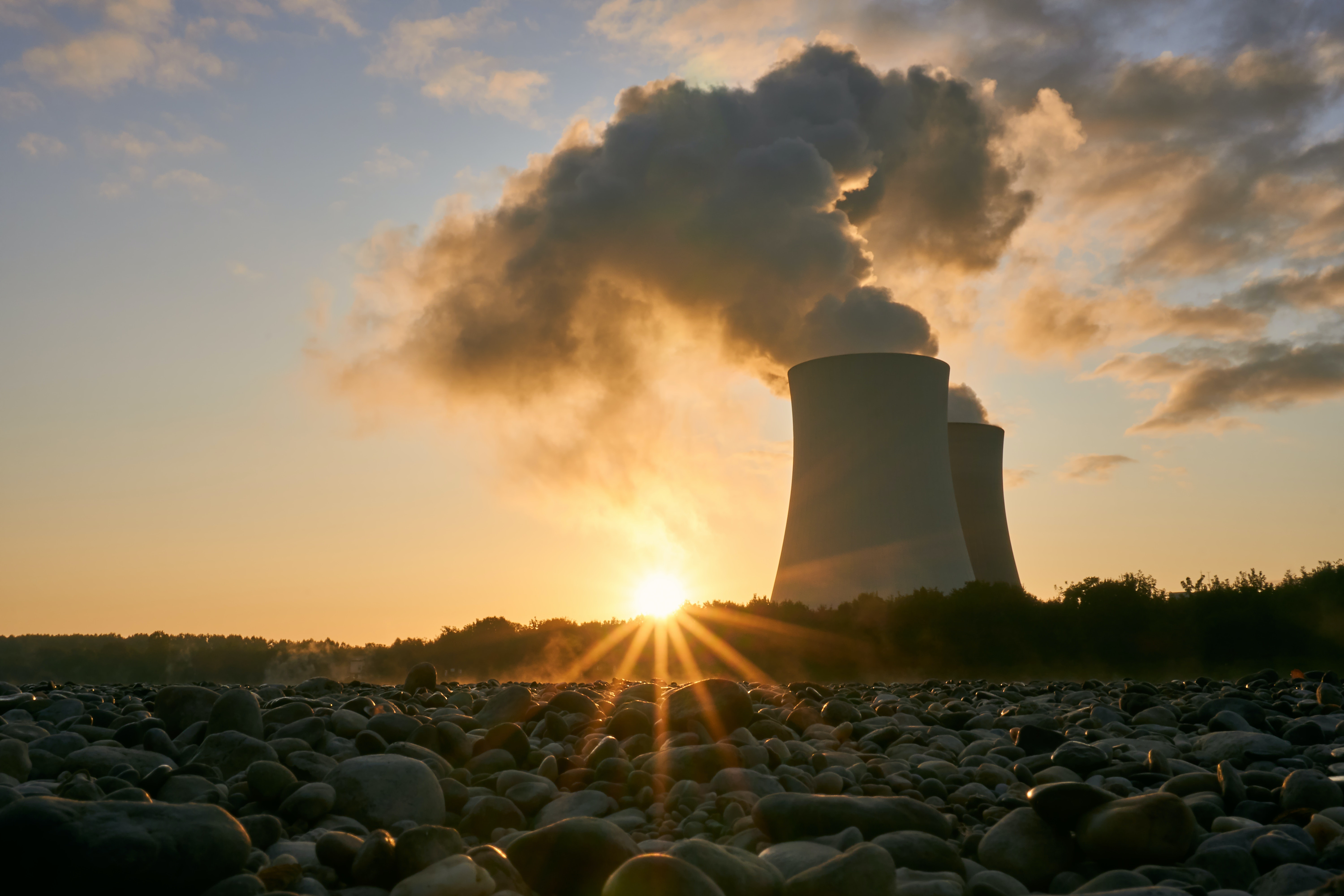
.png)


.png)
.png)
.png)

.png)

.png)

.png)

.png)



.png)


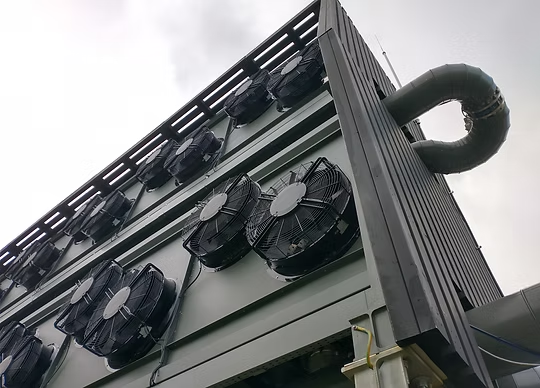




.png)
.png)

.png)
.png)





.png)
.png)

.png)
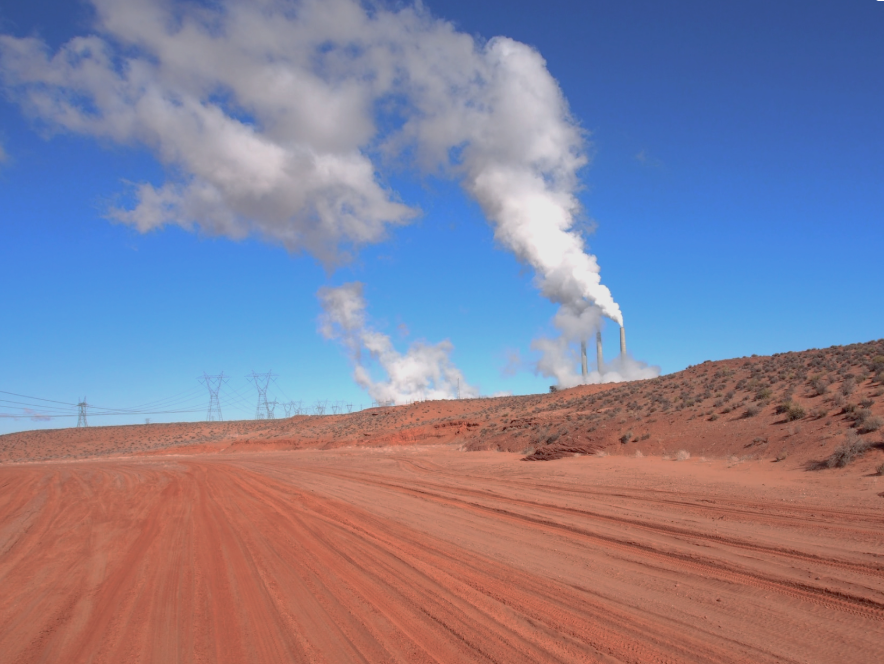
.png)
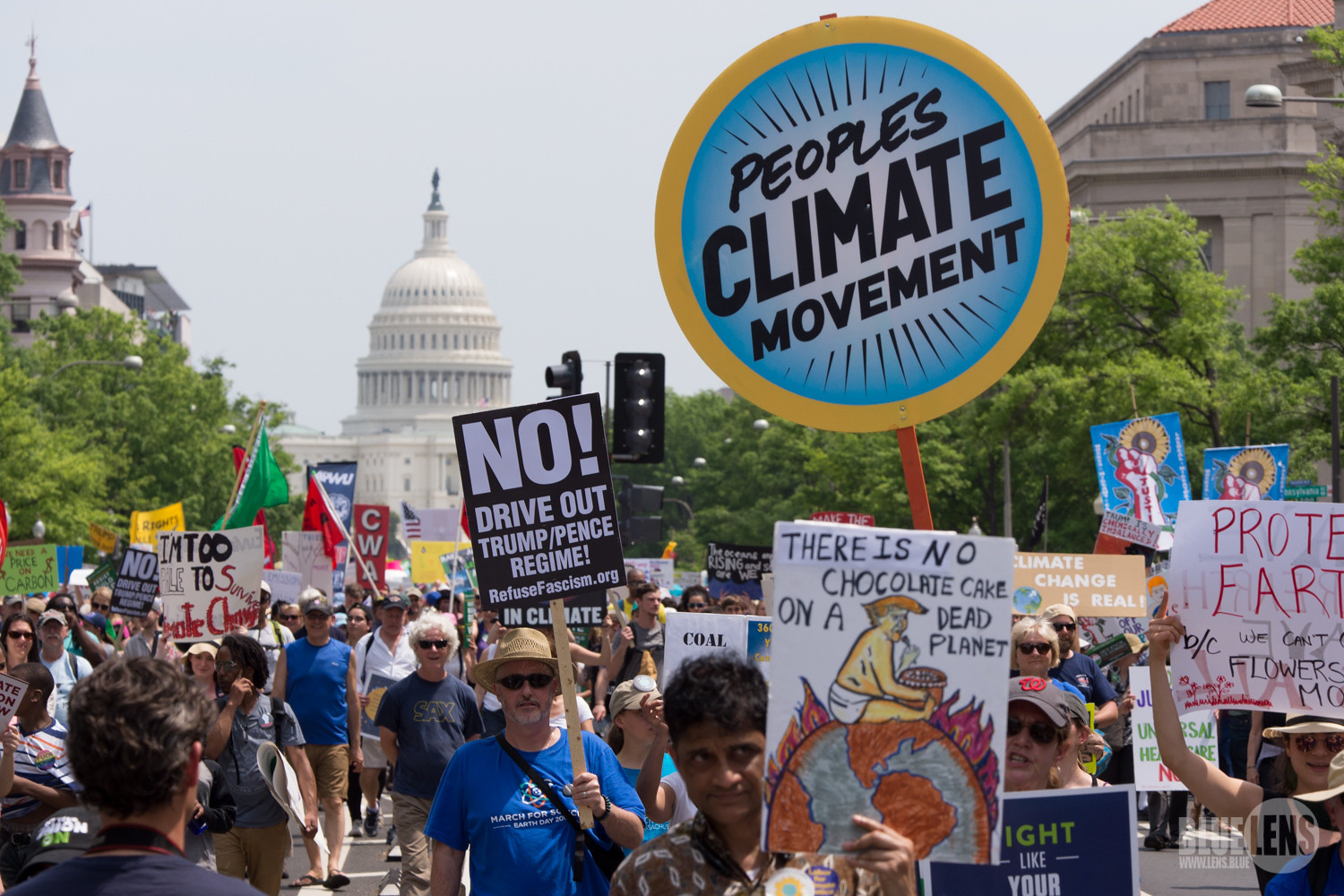
.png)
.png)

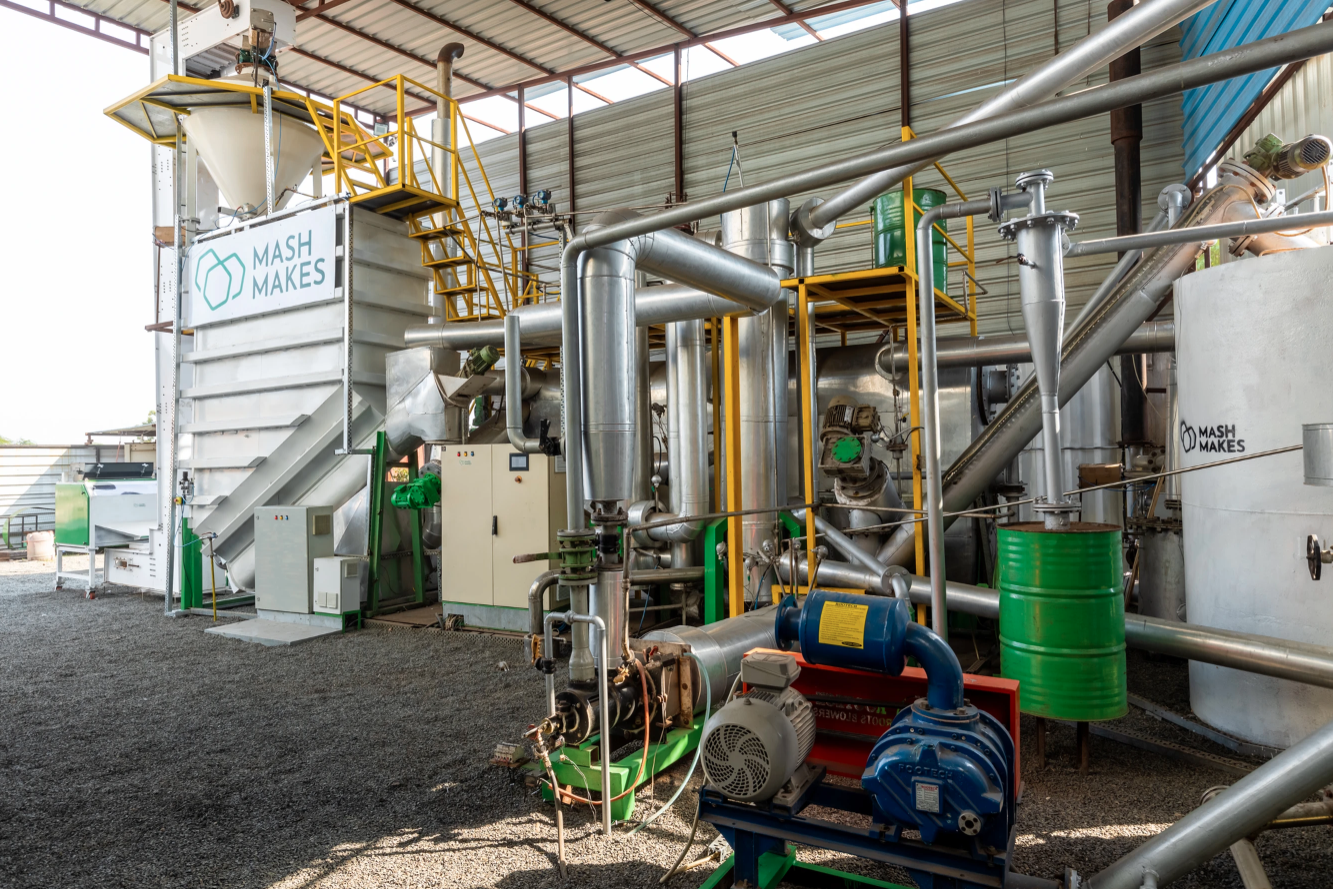
.png)
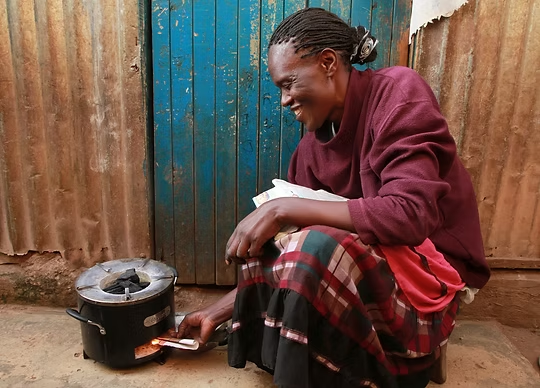


.png)

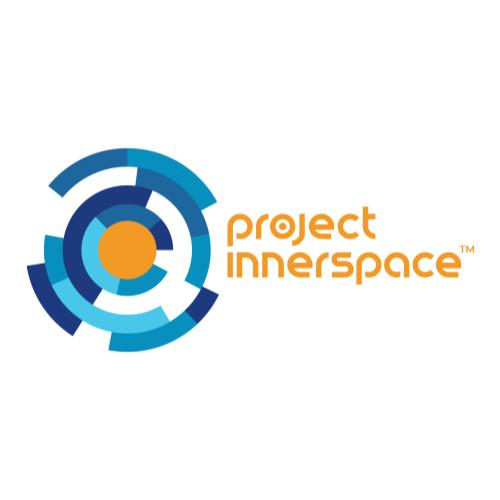
.png)
.png)










.png)


.png)
.png)
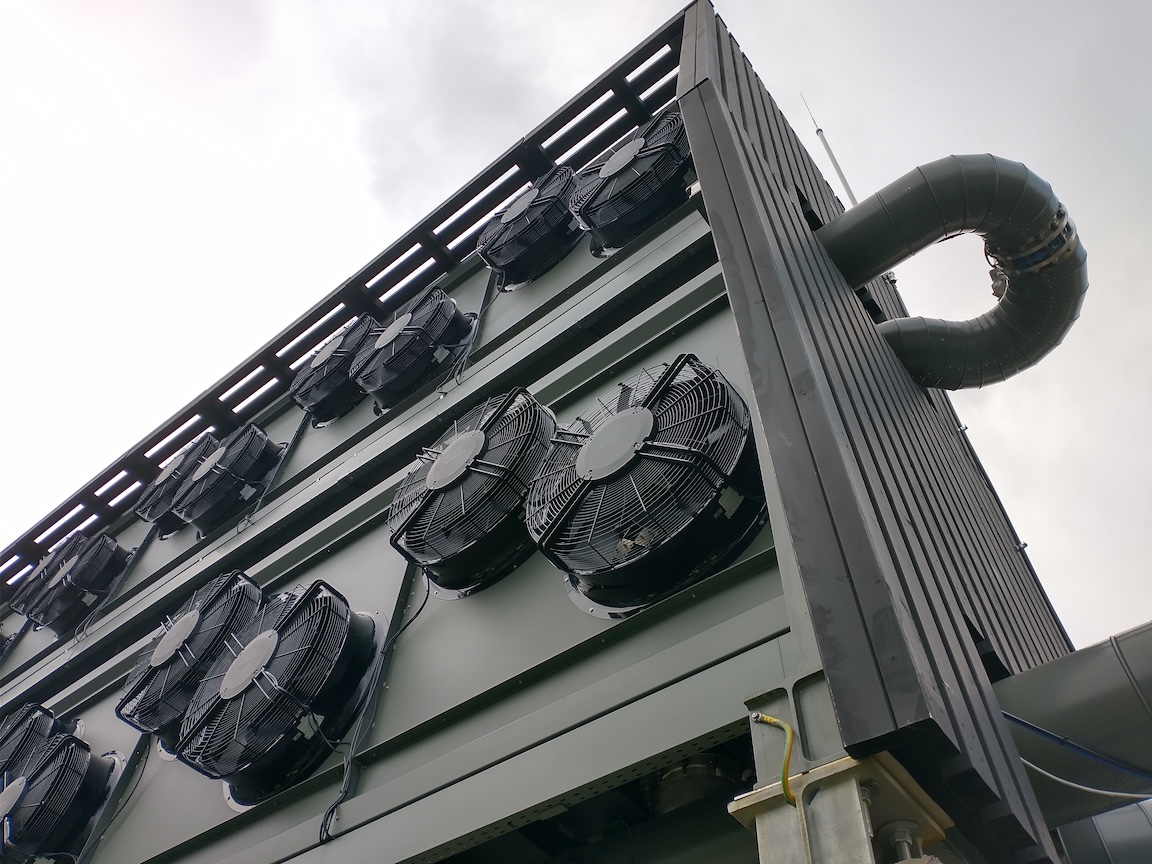

.jpg)


.jpg)
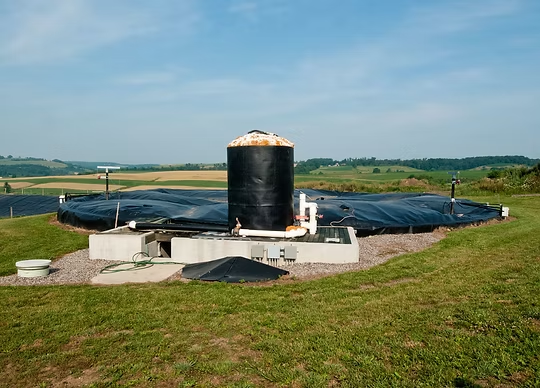
.png)

.png)
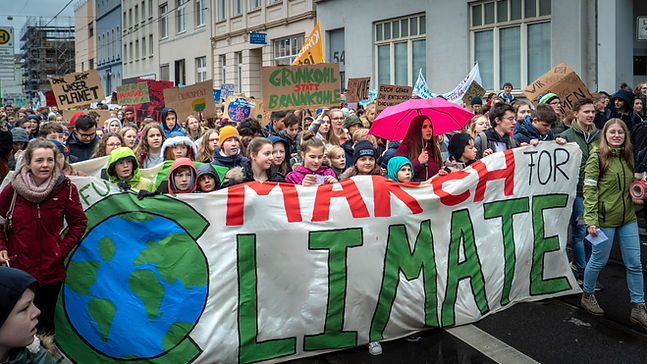
.png)


